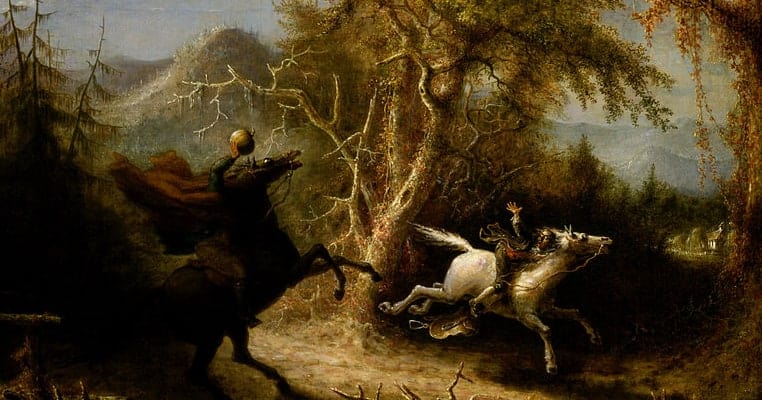American folklore actually predates the United States, with personages and places achieving legendary or mythic status before the 1775 “shot heard round the world”, itself later part of folklore. Events, songs, Native American tales, myths, and local legends are all part of America’s native folklore, which grows with the years. Some are based on real people, places, and events, and some are simply creations of fertile minds, passed down through the generations until the patina of time makes it difficult to separate fact from fiction. The truth of much of American history has been blurred with local folklore to become hidden within the mists of time.
The American push westward is replete with tales of characters, some of whom were real, and some of whom composites of several real characters. Many, such as Tennessee’s David Crockett, amply added to their local reputations by self-serving tall tales of their exploits. It was Crockett who bestowed upon himself the sobriquet, “King of the Wild Frontier”. Another, a gardener and nurseryman of humble character, became known throughout much of the country as Johnny Appleseed. Molly Pitcher emerged as a legendary character in several revolutionary war battles, under different names, rather than just the one associated with the Battle of Monmouth Courthouse.

Here are twenty examples of American folklore, their sources, and their links with reality.

1. The landing of the Pilgrims at Plymouth Rock
Of all the folklore surrounding the Pilgrims’ arrival in what became Massachusetts, none is more indelibly ingrained in America’s collective memory as their landing at Plymouth Rock. In truth, the Pilgrims first went ashore near Provincetown, and upon arriving at the site of the eventual Plymouth colony almost certainly did not use Plymouth Rock as the point at which they came ashore. The Dedham Granite boulder would have been a dangerous point to approach in a wooden boat being tossed by the incoming waves; no experienced mariner of the day would have steered for it when there were more suitable landing sites nearby. The boulder was not mentioned in any of the writings of the colony for its first 121 years of existence.
When it was, by Thomas Faunce, it was with the assertion that his father had told him that the rock had been the original landing spot. Faunce was 94 years of age at the time, and his father had not been one of the Mayflower passengers. He had arrived three years later on the ship Anne. The rock has since been split, chipped away, parts of it moved, and later returned to its original position, with 1620 carved into its upper portion. As early as 1835 Alexis de Tocqueville commented regarding the veneration with which it was held by Americans. Despite Plymouth Rock being possessed of questionable provenance regarding its being the landing place of the Pilgrims in 1620, in American folklore it holds a place forever linked with the Mayflower, the first Thanksgiving, and the birth of what became New England.

